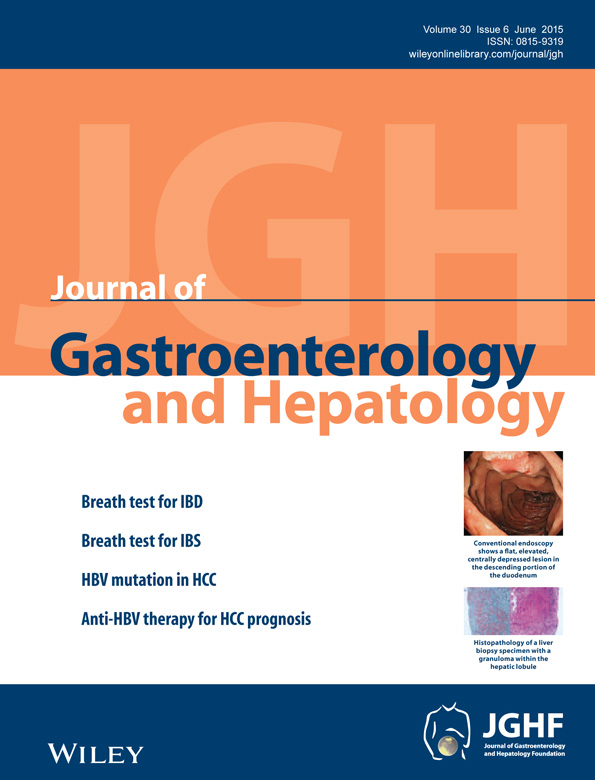Potential stagnation in the splanchnic hemodynamics demonstrated by the dynamic microbubbles in chronic liver disease
Abstract
Background and Aim
Impaired splanchnic hemodynamics are well-documented phenomena in cirrhosis. However, comprehensive hemodynamic features from the superior mesenteric artery (SMA) to the superior mesenteric vein (SMV) via intestinal capillaries have not been studied. The aim was to examine splanchnic hemodynamics and their relationship with clinical presentations.
Methods
Contrast-enhanced ultrasound was performed for both the SMA and SMV under fasting conditions and postprandially following ingestion of a liquid diet. The microbubble traveling time (MTT) was determined as the difference between the contrast onset in the SMA and SMV, indicating the time required for microbubble transit through the splanchnic circulation.
Results
There were 192 subjects for fasting conditions (81 cirrhosis, 72 chronic hepatitis, 39 healthy controls), and 74/192 for postprandial conditions (44 cirrhosis, 11 chronic hepatitis, 19 healthy controls). The MTT (fasting; postprandial) was significantly longer in cirrhosis (7.7 ± 2.9 s; 7.0 ± 0.3 s) than in controls (5.4 ± 2.3 s, P < 0.001; 3.9 ± 0.9 s, P < 0.001) and chronic hepatitis (6.3 ± 2.5 s, P = 0.007; 5.1 ± 1.4 s, P = 0.013). The MTT ratio (postprandial/fasting) showed disease-related changes: 0.75 ± 0.20 in controls, 0.78 ± 0.15 in chronic hepatitis, and 1.00 ± 0.28 in cirrhosis (P = 0.003, vs controls; P = 0.036, vs chronic hepatitis).
Conclusions
The real-time observation of traveling microbubble on the sonogram revealed a prolonged transit with a weak postprandial response in the intestinal circulation, suggesting better understanding of underlying pathophysiology of splanchnic hemodynamics in chronic liver disease.




